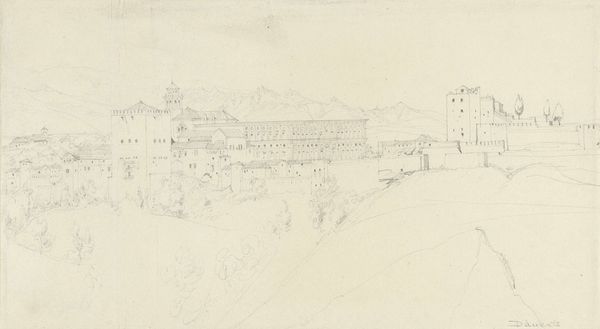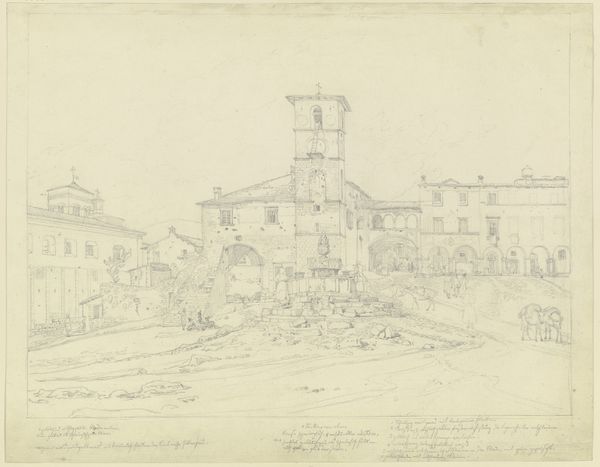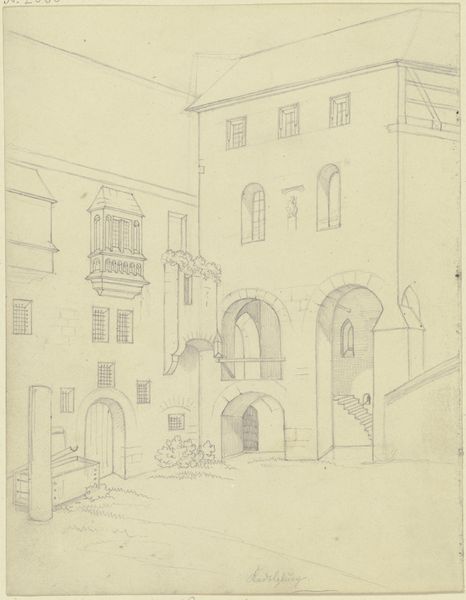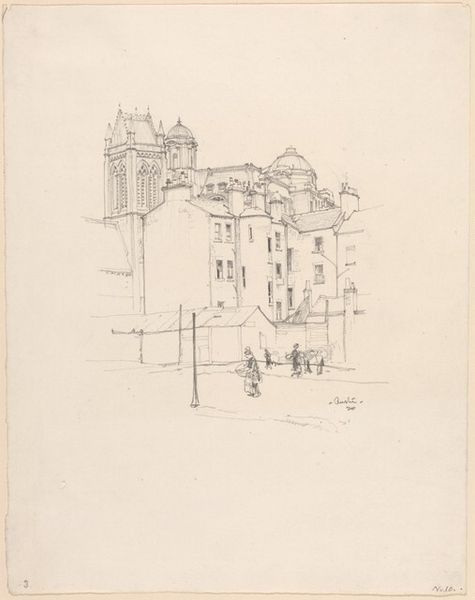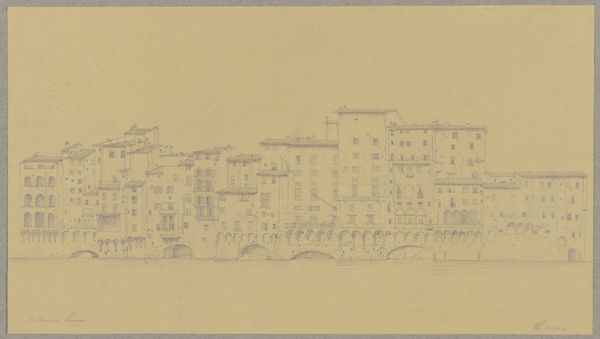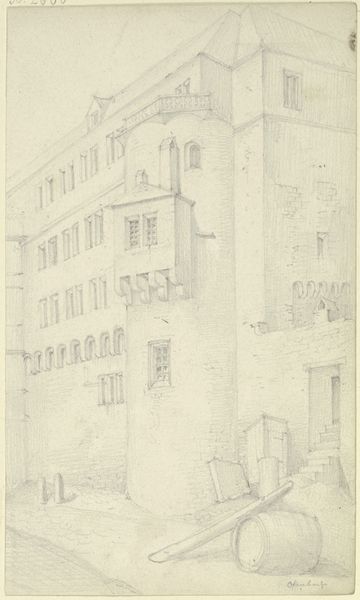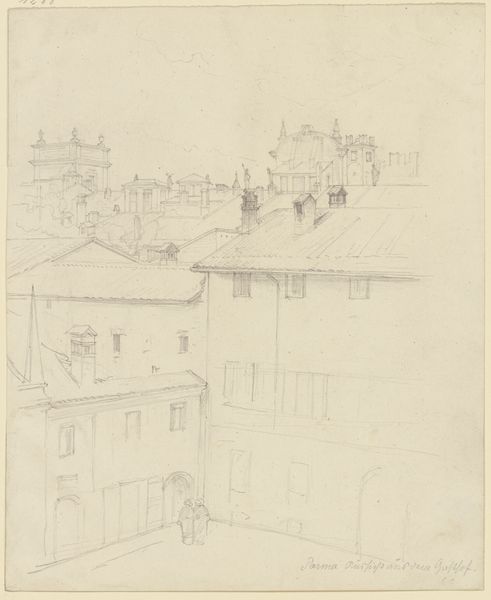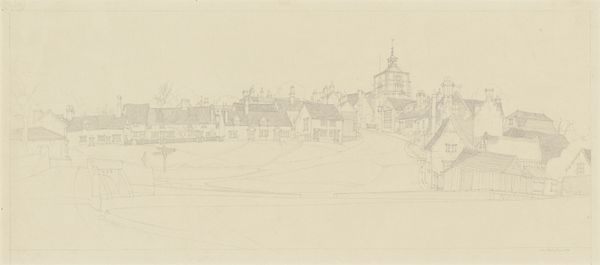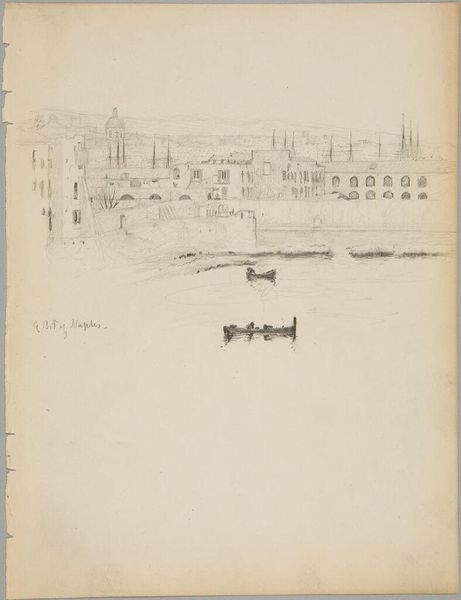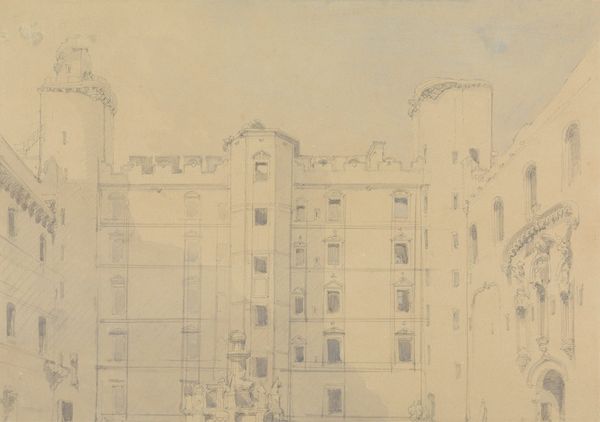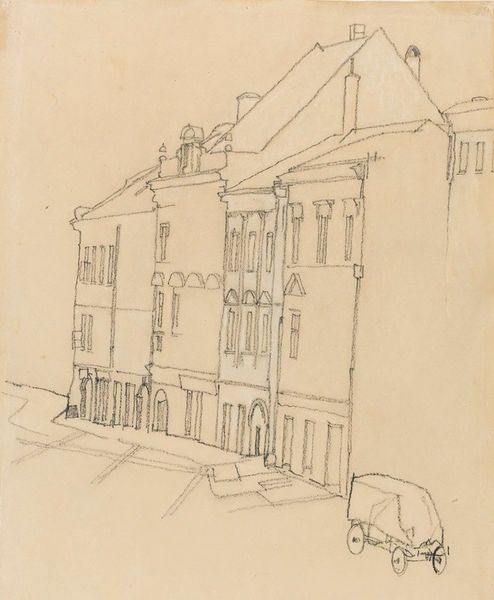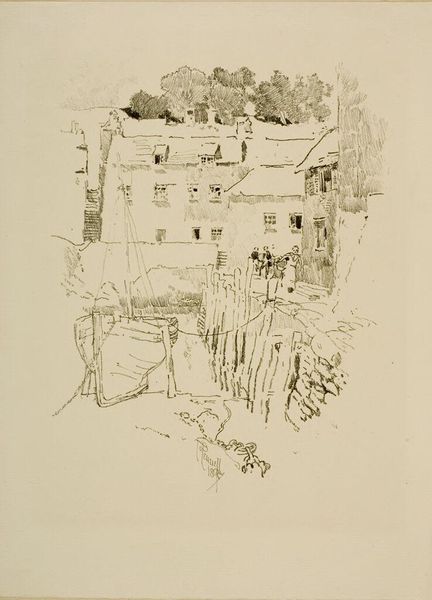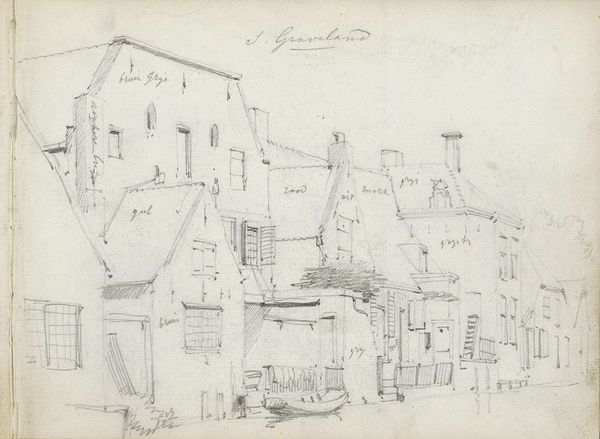
drawing, pencil
#
drawing
#
landscape
#
geometric
#
pencil
#
architectural drawing
#
cityscape
#
academic-art
#
realism
Dimensions: overall: 28.5 x 42.2 cm (11 1/4 x 16 5/8 in.)
Copyright: National Gallery of Art: CC0 1.0
Editor: So this is Robert Austin's 1923 pencil drawing, "Tiber-Island, Rome". I’m immediately struck by how precisely the architectural details are rendered. It’s almost photographic, yet so delicate because it's pencil. What’s your take on this piece? Curator: Looking at the work through a materialist lens, I am drawn to consider Austin's choice of pencil. What does the readily available, mass-produced pencil afford him in depicting Rome, a city built over millennia using different resources and labor systems? Editor: That's a great point. I hadn’t thought about the inherent contrast between the subject and the medium. It is almost an industrial way to record something ancient and handmade. Curator: Exactly! We see the cityscape captured with a mass-produced tool. Think about the physical act of drawing—the repetitive movements, the labor involved in recreating each stone and window. How does this laborious, almost craft-like process of using the pencil engage with the themes of labor embedded in the architecture itself? Consider how the built environment, itself a product of immense labor and resource extraction, is now mediated through Austin’s own hand. Editor: So, the drawing isn't just a representation, but also an exploration of the relationship between material, labor, and the historical weight of Rome? Curator: Precisely. We can even look at the consumption of art. Who was this drawing intended for, and what kind of understanding or connection to Rome was Austin hoping to facilitate through the reproduction of its image? It's an intriguing way to challenge traditional hierarchies within art history by emphasizing these underlying conditions. Editor: This has really opened my eyes to thinking about the social implications of Austin's artistic choices beyond just aesthetic representation! Curator: Mine as well! It is important to continuously engage with such historical and social contexts as a means of informing our perception and creating dialogue between then and now.
Comments
No comments
Be the first to comment and join the conversation on the ultimate creative platform.
